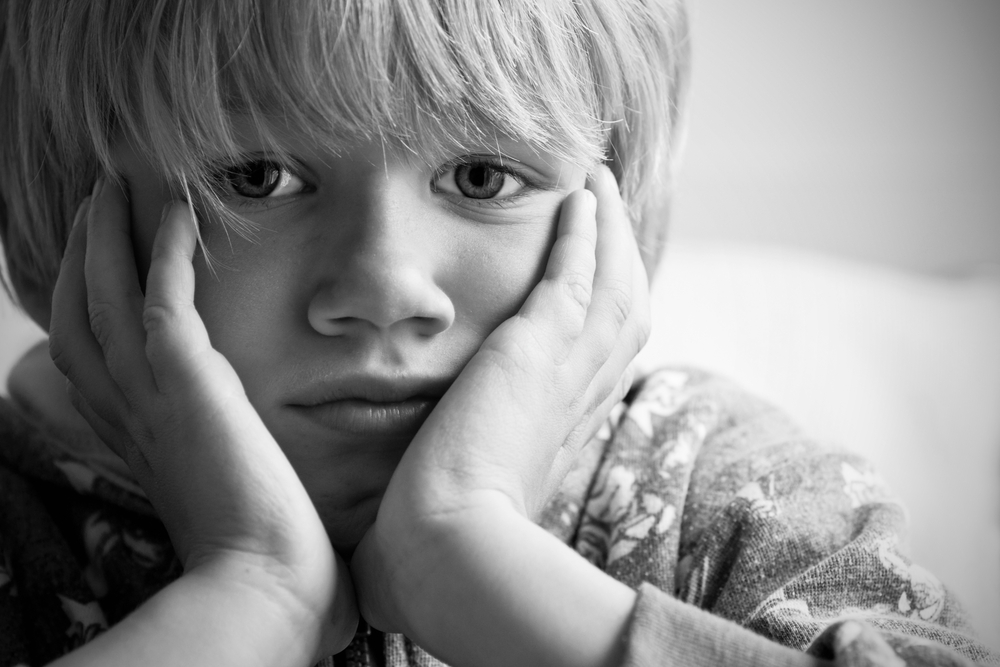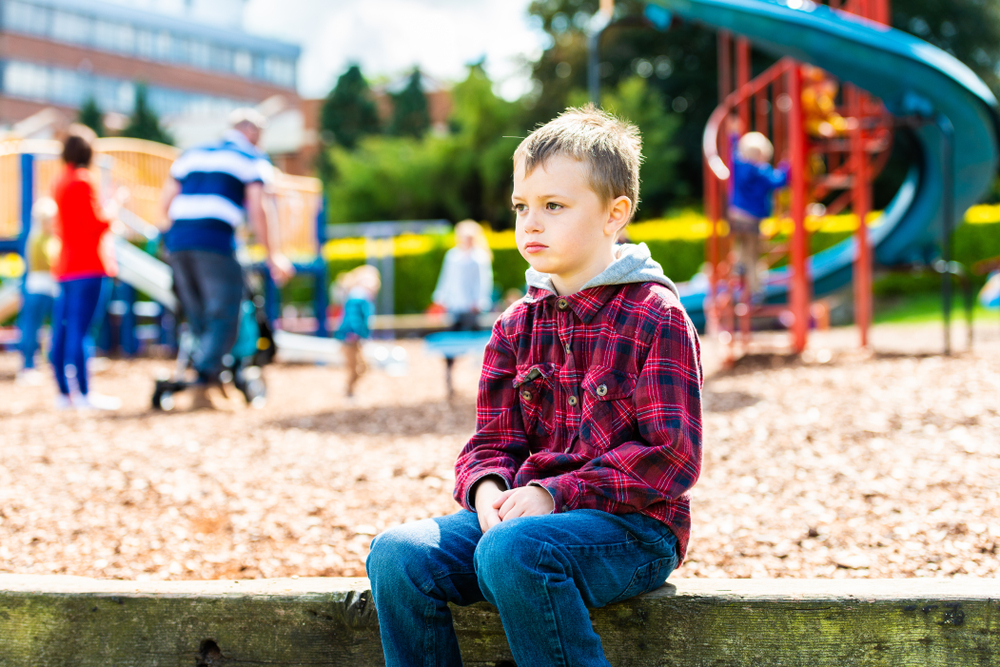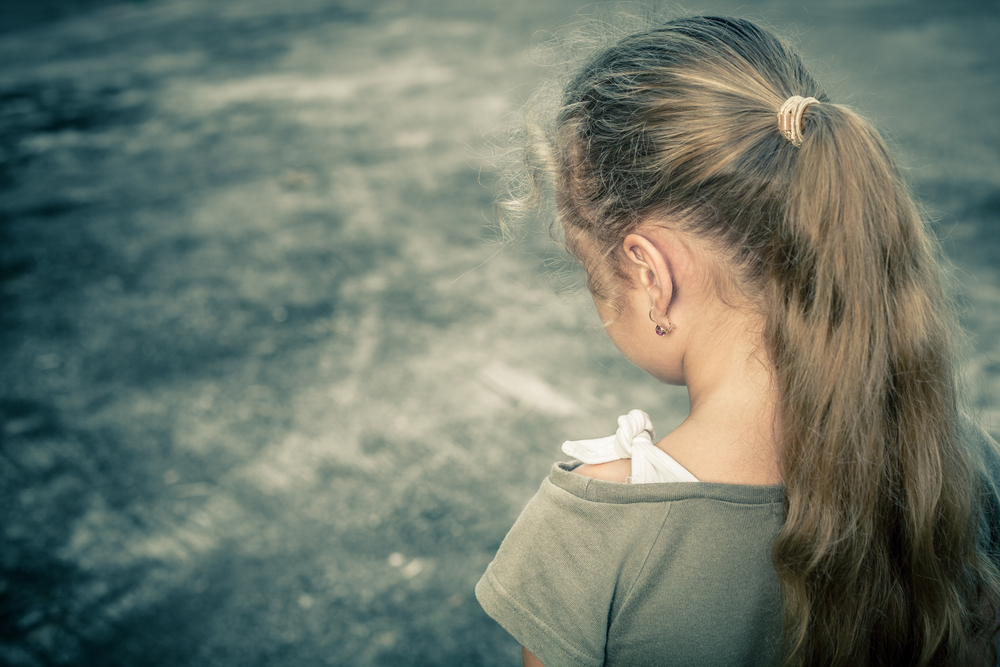Childhood experiences shape us in profound ways, and for some, those experiences can leave lasting scars. If you find yourself repeating patterns or behaviors rooted in a painful past, know that you’re not alone. Many people grapple with the long-lasting effects of childhood trauma and adversity. But you don’t have to be defined by your past. There are steps you can take to break free from those patterns and create a brighter, healthier future.
1. Acknowledge and validate your childhood experiences.

The first step towards healing is acknowledging the pain you endured. Allow yourself to feel the emotions you may have suppressed for years. Recognize that your experiences were valid, and that the pain you felt was real. This is not about dwelling on the past but about giving yourself permission to grieve and process what you went through.
2. Seek professional help.

Therapy can be a powerful tool for healing from childhood trauma, Healthline points out. A qualified therapist can help you understand the impact of your experiences, develop coping mechanisms, and learn new ways of relating to yourself and others. Don’t be afraid to ask for help; it’s a sign of strength, not weakness.
3. Practice self-compassion.

Be kind to yourself. You didn’t choose to have a painful childhood, and you’re not responsible for other people’s actions. Treat yourself with the same understanding and compassion you would offer a friend going through a difficult time. Forgive yourself for past mistakes and focus on your healing and growth.
4. Challenge negative self-beliefs.

Childhood trauma can leave you with negative beliefs about yourself, such as feeling unworthy, unlovable, or broken. These beliefs can become self-fulfilling prophecies, influencing your choices and relationships. Challenge these negative thoughts with positive affirmations and evidence from your life that contradicts them. Remember that you’re not defined by your past and that you have the power to create a new narrative for yourself.
5. Set healthy boundaries.

Learning to set healthy boundaries is crucial for breaking free from unhealthy patterns. It’s about identifying what you need and communicating those needs clearly and assertively. This might mean saying no to requests that drain your energy, setting limits with people who trigger your trauma responses, or simply prioritizing your own well-being.
6. Cultivate healthy relationships.

Surround yourself with people who support and uplift you. Seek out relationships with individuals who are empathetic, understanding, and respectful. Avoid people who trigger your trauma responses or who perpetuate unhealthy dynamics from your past. Building a network of supportive relationships can be a powerful source of healing and growth.
7. Practice mindfulness.

Mindfulness involves paying attention to the present moment without judgment. It can be a powerful tool for managing difficult emotions and breaking free from negative thought patterns. When you’re mindful, you’re able to observe your thoughts and feelings without getting caught up in them. This allows you to respond to situations in a more intentional and less reactive way.
8. Find healthy outlets for your emotions.

Bottling up your emotions can lead to resentment, anger, and even physical health problems. Find healthy ways to express your feelings, whether it’s through journaling, talking to a trusted friend or therapist, or engaging in creative activities like painting or playing music. Expressing your emotions allows you to process them and move forward.
9. Learn to identify and challenge triggers.

Certain situations, people, or even words can trigger memories and emotions related to your childhood trauma. It’s important to become aware of these triggers so you can manage them effectively. When you encounter a trigger, try to pause and observe your thoughts and feelings without judgment. This can help you create distance between the trigger and your emotional response, allowing you to choose a healthier way to react.
10. Develop healthy coping mechanisms.

Instead of turning to unhealthy coping mechanisms like substance abuse or self-harm, develop healthy ways to manage stress and difficult emotions. This could include exercise, meditation, deep breathing exercises, spending time in nature, or engaging in creative activities. Experiment with different strategies to find what works best for you.
11. Practice self-care.

Taking care of your physical, emotional, and mental well-being is essential for healing from trauma. Make time for activities that nourish your soul, whether it’s reading, taking a bath, spending time with loved ones, or simply doing something you enjoy. Prioritize your well-being and give yourself permission to rest and recharge.
12. Set realistic expectations.

Healing from childhood trauma is not a linear process. There will be ups and downs, good days and bad days. Be patient with yourself and celebrate your progress, no matter how small it may seem. Don’t get discouraged by setbacks; they’re a natural part of the journey. Remember that healing takes time, and it’s okay to take things one step at a time.
13. Forgive your past self.

Often, people who have experienced childhood trauma carry a sense of guilt or shame, blaming themselves for what happened. However, it’s important to remember that you were a child, and you did the best you could with the resources you had at the time. Forgive your past self for any perceived mistakes or shortcomings. This act of self-forgiveness can be incredibly liberating and allow you to move forward with greater compassion and understanding.
14. Rewrite your narrative.

You don’t have to be defined by your past. Take control of your story by reframing your experiences and focusing on your strengths and resilience. Instead of seeing yourself as a victim, view yourself as a survivor. Identify the lessons you’ve learned, the challenges you’ve overcome, and the ways in which your experiences have shaped you into the person you are today.
15. Embrace your vulnerability.

Allowing yourself to be vulnerable can be a powerful catalyst for healing. It means acknowledging your pain, sharing your struggles, and opening yourself up to the possibility of connection and support. Vulnerability doesn’t make you weak; it makes you human. By embracing your vulnerability, you create space for healing, growth, and deeper, more authentic relationships.
16. Create new positive experiences.

One of the most effective ways to break free from the patterns of a painful childhood is to create new positive experiences. Try new activities, explore new places, and build healthy relationships. By actively seeking out joy, love, and connection, you can counteract the negative experiences from your past and create a brighter, more fulfilling future.
17. Find meaning and purpose.

Discovering a sense of meaning and purpose can be a powerful antidote to the lingering pain of childhood trauma. What are you passionate about? What are your values? What kind of impact do you want to make on the world? By identifying what truly matters to you and aligning your actions with your values, you can create a life that feels meaningful and fulfilling, Forbes notes, despite the challenges you’ve faced.



